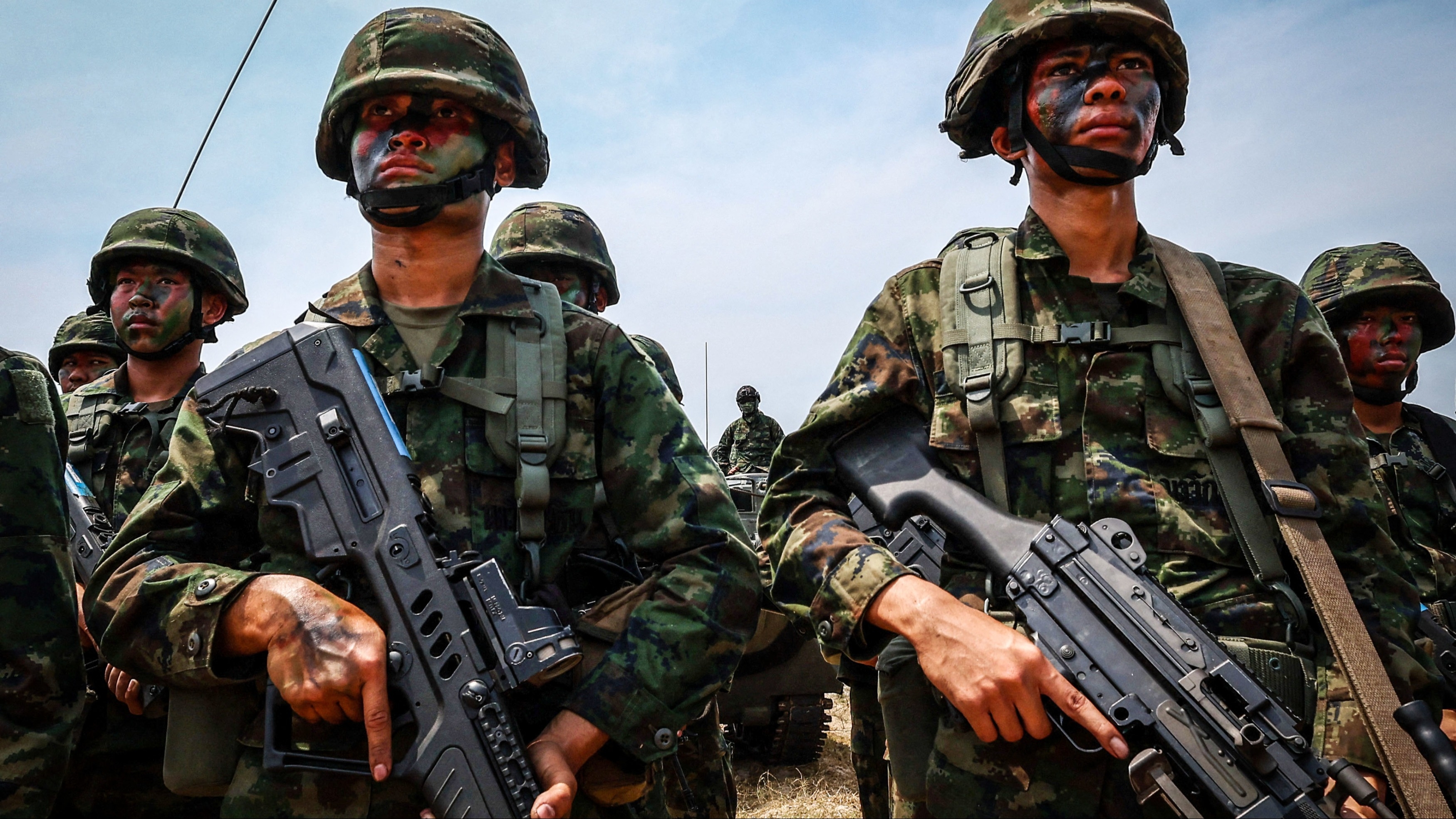The Evolution of Military Strategy: From Ancient Tactics to Modern Warfare

The Evolution of Military Strategy: From Ancient Tactics to Modern Warfare
Introduction: The history of humanity is intertwined with the evolution of military strategy. From ancient times when battles were fought with swords and shields to the modern era where technology dominates the battlefield, the art of war has continually adapted to changing circumstances. This article explores the journey of military strategy, tracing its development through the ages and examining its relevance in the contemporary world.
Ancient Warfare: Ancient civilizations such as the Greeks, Romans, and Chinese laid the groundwork for military strategy. Battles were often fought in close combat, with infantry formations such as phalanxes and legions dominating the battlefield. Strategic thinking revolved around maneuvering troops to gain advantageous positions and exploiting weaknesses in the enemy's defenses. Leaders like Alexander the Great and Sun Tzu became legendary for their tactical brilliance, emphasizing the importance of preparation, deception, and adaptability.
Medieval Tactics: The Middle Ages witnessed the rise of feudal armies and the emergence of cavalry as a dominant force on the battlefield. Knights clad in armor and mounted on horseback became synonymous with medieval warfare. Castles and fortifications played a crucial role in military strategy, serving as strongholds that could withstand sieges and attacks. Commanders like Joan of Arc and Genghis Khan demonstrated the effectiveness of innovative tactics and the power of strategic leadership in shaping the outcome of battles.
Renaissance and Gunpowder Revolution: The invention of gunpowder in China during the 9th century transformed the nature of warfare. Firearms such as cannons and muskets revolutionized battlefield tactics, leading to the decline of traditional cavalry charges and the rise of disciplined infantry formations. The Renaissance period saw a renewed interest in the study of military strategy, with scholars like Niccolò Machiavelli and Leonardo da Vinci offering insights into the art of war. The concept of "combined arms" warfare, which integrated infantry, cavalry, and artillery, became increasingly important in shaping military campaigns.
Industrial Warfare and World Wars: The Industrial Revolution brought about significant changes in military technology and tactics. Mass production enabled the creation of powerful weapons such as machine guns, tanks, and aircraft, leading to the mechanization of warfare. The First and Second World Wars showcased the devastating impact of modern weaponry and the importance of strategic planning in conducting large-scale military operations. Generals like Erwin Rommel and George S. Patton became renowned for their innovative tactics and bold leadership on the battlefield.
Cold War and Modern Warfare: The Cold War era marked a period of geopolitical tension between the United States and the Soviet Union, characterized by the threat of nuclear annihilation and proxy conflicts around the world. Military strategy during this time focused on deterrence, espionage, and the containment of communist expansion. The advent of nuclear weapons introduced the concept of mutually assured destruction (MAD), which shaped strategic thinking and influenced international relations.
Contemporary Challenges: In the 21st century, military strategy continues to evolve in response to new challenges and threats. Terrorism, cyber warfare, and asymmetric conflicts have become prominent features of modern warfare, requiring innovative approaches and flexible responses. Military leaders must navigate complex geopolitical landscapes while adapting to rapid advancements in technology and communication. Concepts such as counterinsurgency, drone warfare, and information operations have gained prominence as nations seek to maintain security and stability in an increasingly interconnected world.
Conclusion: Throughout history, the evolution of military strategy has been driven by innovation, adaptation, and the quest for strategic advantage. From ancient battles fought with swords and spears to modern conflicts waged with drones and cyber weapons, the art of war continues to shape the course of human history. As we confront new challenges in the contemporary world, the lessons of the past remind us of the enduring importance of strategic thinking and the imperative of staying ahead of the curve in an ever-changing landscape of conflict and competition.
- Arts
- Business
- Computers
- Games
- Health
- Home
- Kids and Teens
- Money
- News
- Recreation
- Reference
- Regional
- Science
- Shopping
- Society
- Sports
- Бизнес
- Деньги
- Дом
- Досуг
- Здоровье
- Игры
- Искусство
- Источники информации
- Компьютеры
- Наука
- Новости и СМИ
- Общество
- Покупки
- Спорт
- Страны и регионы
- World


